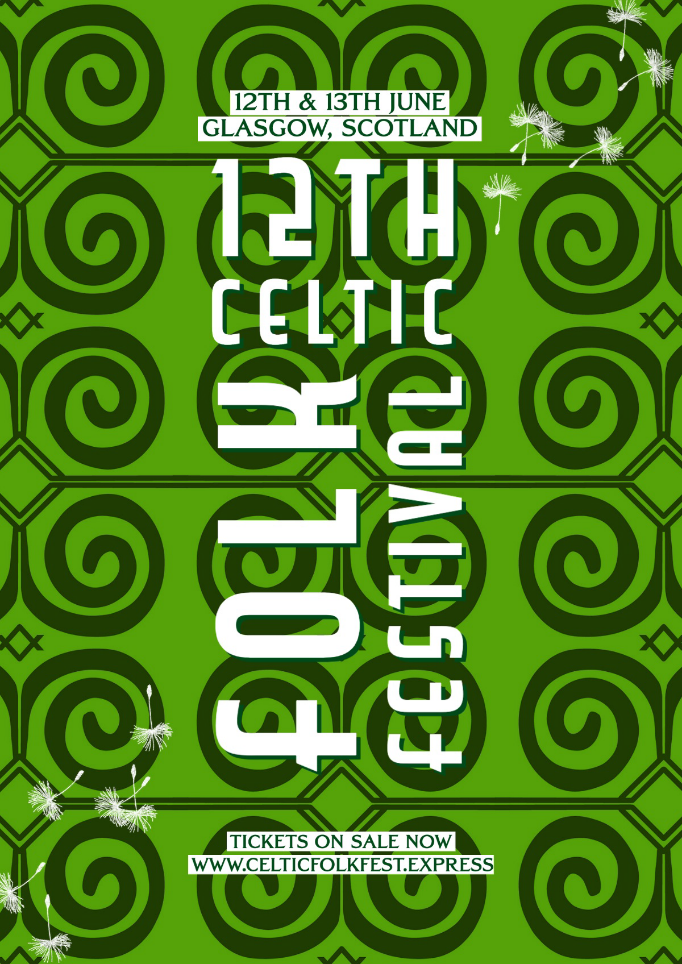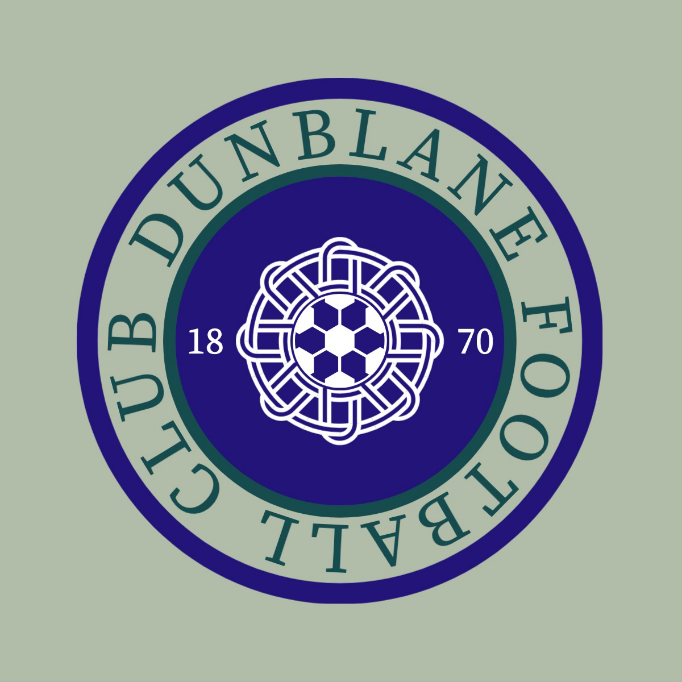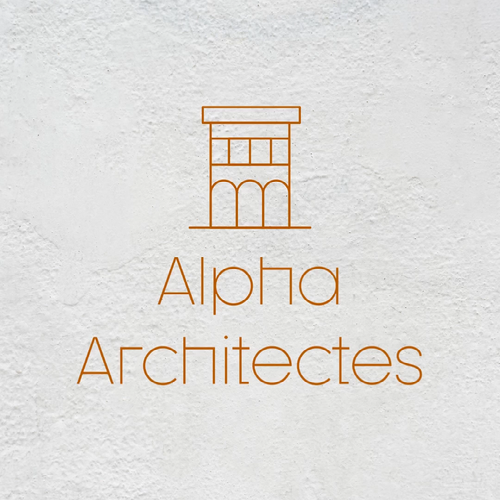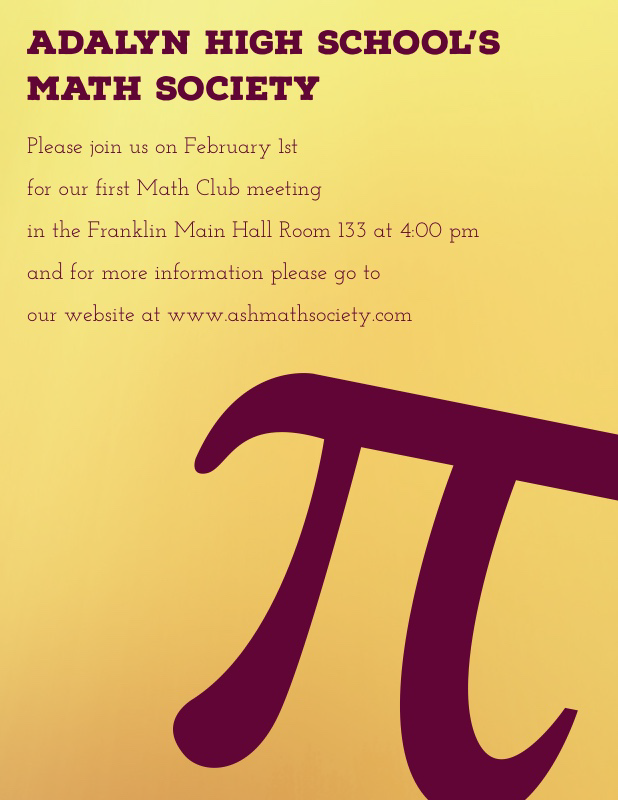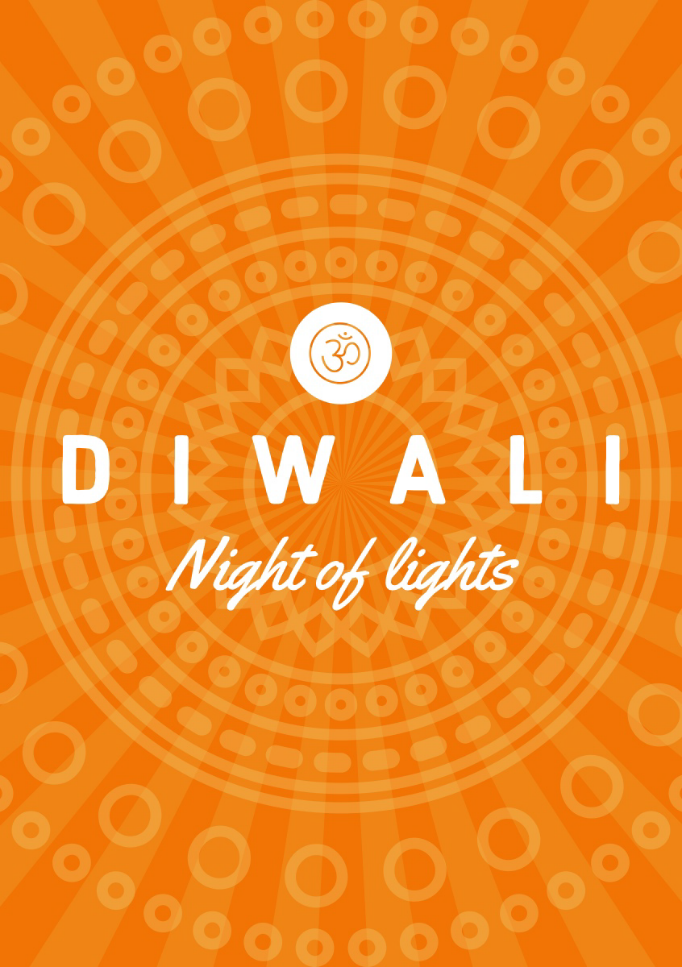Unlocking the power of symbols and their meanings: from ancient icons to modern designs.

Summary/Overview
Symbols can be an amazing way to visually communicate and represent ideas, sometimes more powerfully than words. Given this, it’s perhaps no surprise they’ve become so important to different cultures and communities throughout history, and were one of the earliest forms of human language.
Indeed, the use of symbols to impart various meanings dates all the way back to 2000 BC and beyond, when they were used as mason’s marks in ancient tombs.
Thousands of years later, symbols are still being used as powerful design tools, valuable for brand identity, iconography and many other creative purposes. When used well, these graphical elements can quickly tell a story – and convey a clear message.
Discover all about symbols and their meanings, and how to use them, in this Adobe guide.
Common symbols and their meanings.
Certain symbols are quite widespread in many societies, and help us to instantly recognise and understand a concept. In fact, they are such an important form of collective human experience, that they can mean the same thing to many, many different people. Here are five symbols and their meanings that we often see in everyday design:
Heart
A heart is the universal symbol of love around much of the globe. A deeply romantic icon, it is particularly popular for Valentine’s Day cards and occasions such as anniversaries. It can also represent connection, fertility, compassion, and kindness.
Dove
A dove is a widely recognised symbol of peace. The dove can also denote feelings of freedom and divinity, hope, renewal, and transformation. Doves often play a part in wedding traditions too, as they are often seen to represent love.
Rose
This flower is typically associated with love and romance, and red roses are a popular choice to send on Valentine’s Day. Roses also have significance on historic crests – white and red roses being associated with the English heritage of Yorkshire and Lancaster respectively; a tradition dating back to the so-called ‘War of the Roses’ in the mid to late 1400s.
Tree
Trees play a pivotal role in many mythologies and religions. They are a popular symbol representing life, fertility, wisdom and family. In some ancient traditions, a tree is the symbol of life itself.
Skulls
Skulls are universally used as a warning symbol, and are often found on harmful or poisonous substances to alert the user to be careful. The image of a skull can denote feelings of dread, dismay and danger.
Celtic symbols.
Celtic symbols have a rich history spanning centuries. Here are five of the most well-known symbols and their meanings:
Celtic Tree of Life
The interwoven branches form the Celtic symbol of strength, wisdom, and longevity. It symbolises rebirth and is often linked with Druids, who acted as leaders in Celtic culture. You may use it to represent the continuity of life, and celebration of new beginnings – from celebrating a birth, to congratulations on a major life change.
Dara Celtic Knot
The Dara knot is the Celtic symbol for inner strength. In fact, the name Dara comes from the Irish word for ‘Doire’, meaning ‘oak tree’. The knot features an interwoven design, symbolising the root of an oak tree and can represent power, endurance and wisdom.
Ailm
The Ailm is another Celtic embodiment of strength, and comes from the first letter of the Celtic Ogham alphabet. It represents resilience and endurance and is often used alongside depictions of Celtic Gods and Goddesses. The Ailm represents healing, purification and fertility.
The Triskele
The Triskele is an Irish Celtic symbol, embodying the body, mind and spirit.
Greek symbols & letters.
The Greek alphabet dates to the 8th and 9th centuries, and was the first alphabet to include vowels and consonants. Still in use today, it boasts 24 letters; seven vowels and 17 consonants. What’s more, the letters themselves are incredibly eye-catching and interesting. Here are a few well-known Greek symbols and meanings:
Alpha
The Alpha Greek symbol is associated with certain key phenomena in medicine and mathematics, and can sometimes be used to mean ‘number 1’
Delta
Delta indicates ‘variation’ in chemistry and physics. In astrology, it also describes the brightness of a star.
Pi
This Greek symbol will be familiar to most schoolkids, as it is used in mathematics to find the circumference and area of a circle.
Hinduism symbols.
Hinduism is one of the oldest religions in the world, dating back more than 4,000 years. Here are a few of the most common Hinduism symbols and their meanings:
Om (Aum)
The Om is the most important symbol of Hinduism, and is often seen as the emblem of the faith. It represents the universe and ultimate reality, and is found at shrines and Hindu temples.
Hands in prayer
Hands in prayer is another important Hinduism symbol. It’s also sometimes known as the ‘Namaste’ gesture, which translates to ‘I bow to you’.
Lotus
In Hindu tradition, lotuses represent chakras – the energy centres in the body. Each petal of the lotus flower represents a different chakra (root, sacral, solar plexus, heart, throat, third eye and crown). Lotuses embody beauty, fertility, purity and eternity.
Cow
Cows are another important Hinduism symbol. They represent Mother Earth and the religion celebrates them as a form of goodness, as their milk provides nourishment.
Deepa/lamp
The Deepa is a symbol of light, hope and prosperity. The flame of the lamp represents fire, which embodies purity.
Viking symbols and meanings.
Symbols were important in Viking society and were used to represent their Gods, beliefs and legends. Some of the most well-known Viking symbols include:
The Horn of Odin
The Horn of Odin is a sacred Viking symbol. As well as a connection to drinking mead, it is said to bring about wisdom, inspiration and poetry.
Thor’s Hammer
Thor’s Hammer belongs to Thor, a Viking God who represents protection and strength – as well as thunder. This Viking symbol is said to protect the wearer.
The Helm of Awe
The Helm of Awe is a protective Norse mythology symbol. It’s believed to protect those who use it from disease, depression and anxiety.
The Vegvisir
The Vegvisir, or Viking compass, is another important Norse symbol. It has particular meaning within the Icelandic culture, and is believed to have been used by Vikings for guidance and protection.

How to use symbols with Adobe Express.
Symbols and their meanings can be very powerful when used well. They can help you to create connections between your company or personal endeavour, and your audience. Using symbols to demonstrate your personality, and really stand out from the crowd, is often a winning strategy.
Discover our top tips on how to use symbols in posters, invites, logos and more with Adobe Express.
Use a symbol that reflects your brand values in your logo.
Choose a symbol that best represents what YOU stand for. Consider your main brand message, and how to portray this in a simple but effective way. A tree, for example, could be a great choice for a brand new, family-run eco business. Remember that sometimes less is more – a picture says a thousand words after all! Once you decide on your symbol, craft it into your brand logo, and make sure it takes pride of place.
Be mindful of different meanings around the world.
It’s important to think carefully about the symbol you use, and be mindful of its meaning in various cultures across the globe. Being careful to avoid inappropriate appropriation, and ensuring that you respect other cultures, should be key in every decision. Also, please do be aware that certain historic symbols have even been co-opted by hate organisations, so it is always important to check before using an icon that it does not have an unwanted or harmful association.
Stay consistent.
Avoid conflicting symbols and meanings. It’s always best instead to choose one main symbol, and stick to it, to avoid overcomplicating your design. Ensure consistency across all your marketing materials – this will make for bolder, more striking flyers and posters.
Tell a story.
Remember, symbols can help capture the essence of your brand. You may decide to use a heart in your logo to demonstrate kindness and compassion, or romance and love. Use this symbol in conjunction with appropriate wording, imagery and colours to communicate your brand story throughout your social media presence and marketing materials.
Be mindful of versatility.
When using symbols to convey meanings in your brand messaging, consider how this will look on different mediums, both on and offline. Choosing an icon and style that’ll look as effective on screen in a social media post as on your product packaging, will create a much more coherent brand.
Useful things to know.
What is a symbol of love?
A heart is the most widely used symbol to represent love and romance, and can also be used to represent compassion, care and affection. A heart with an arrow through the middle symbolises romantic love.
Airbnb’s logo includes a heart to embody feelings of belonging and Thomas Cook incorporated a heart into their branding in 2013 to reflect warmth and approachability.
Swans are also a symbol of love due to their association with the Roman and Greek Goddesses of love, Venus and Aphrodite.
What symbolises hope?
A dove is commonly seen as a symbol of hope, as well as representing purity and new beginnings. Doves can also represent love, as they mate for life. A dove also forms the logo for ‘Dove’ bathing products, as it embodies cleanliness, gentleness and purity.
What symbol represents strength?
Certain creatures from the animal world are often used to symbolise strength. The lion, sometimes called the ‘king of the jungle’, is regularly used to depict strength and authority. A lion forms the Premier League logo, for example, and denotes feelings of pride, strength and athleticism.
Wolves also embody strength and can depict guardianship, freedom, and independence. Dragon and viking symbols are also often linked to strength as well.



